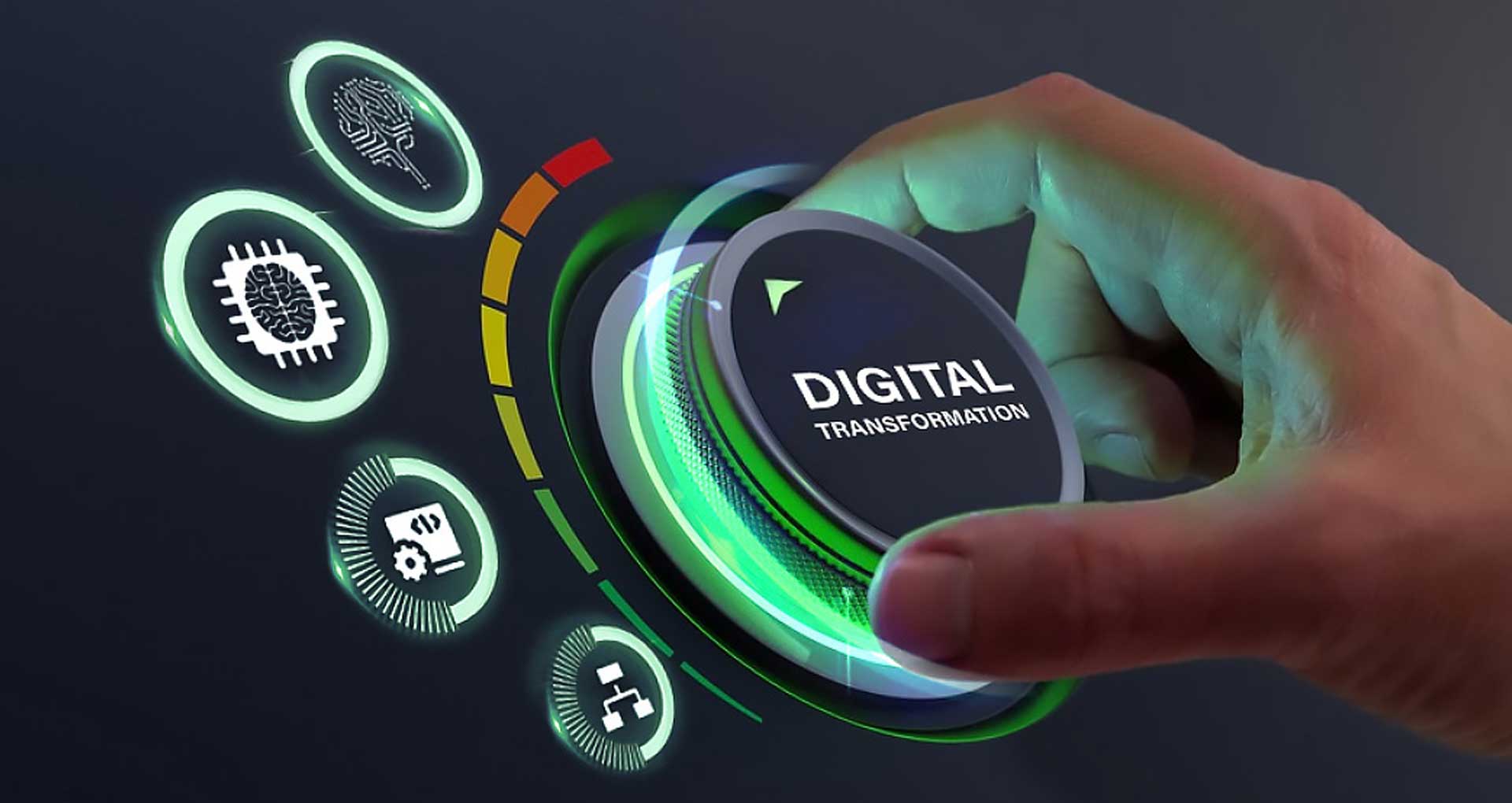Modern-day businesses migrate their legacy applications to new-age digital platforms for enhanced agility, increased productivity & reduced IT expenses. But, this poses several challenges like high costs, governing budgetary limitations, lack of proper documentation, moving business data into new systems, and at times even selecting the right tech partner to ensure a successful transition.
While there exist varied approaches that enterprises might adopt to migrate their legacy apps, a low-code platform-based development proves to be an ideal solution in the current business ecosystem. It offers a modern, flexible & cost-effective option to overcome all the challenges. Read this article to uncover the benefits of modernizing legacy system using a low-code platform with strategies to transform monolithic systems into modernized applications.
What is a Legacy System?
Any old, outdated technology, application, or system that may be integral to the enterprise and it may be in operation however may have eroded over time and is now becoming a liability. But, while these systems still meet business needs, they lack the much-needed agility & flexibility to adapt to new technology. Their outdated architecture & redundant features don’t support third-party integrations.
Challenges Of Legacy System Migration
Here are some of the factors that any enterprise might encounter with migration;
- Higher costs
- Lack of proper documentation
- Budgetary constraints
- Data migration
- Selection of the right legacy app migration partner
Why Upgrade Legacy Systems Using Low-Code?
Low-code development helps optimize the entire development process to accelerate delivery. With the right tools, organizations can abstract and automate every step of the application lifecycle. With said platforms, it becomes easier to bridge the gap between legacy and modernized apps. They can help app performance and even drive innovation.
Listed below are some of the many reasons why the organizations should migrate their legacy systems with the low-code platform:
Reusable Components & Data Models
- Leverage pre-built data models for secure, swift, and seamless migration
- Reuse of the existing business logic in the database code
- Eliminate the hassle of writing lengthy codes
Time Efficient
- This approach makes it comparatively easy to transform the legacy application to suit the modern enterprise needs
Preserve the Functionality of Your Legacy Systems
- Conserve certain functionalities while adding new
- Add reusable functional components without writing individual lines of code
- Experiment & innovate with new features
Effortlessly Adapt to Niche Projects
- Efficiently accommodate small user bases
- Swiftly adapt to narrow applications
- Create desktop, web & mobile applications – easily
- Enjoy seamless legacy migrations to the cloud
Automate Workflows & Tasks
- Accelerate certain tasks and workflows due to full-scale automation
- Leverage the AI feature to code specific parts of an application with the automation sequence and boost the speed of application development
At Rishabh, we offer legacy application modernization services to address the varied needs of our clients. With a low-code development approach, we help devise the right roadmap that seamlessly transforms their legacy product into powerful & next-gen solutions. We employ the latest tools and technologies to ensure it meets the highest industry standards, enhance product quality, drive innovation, accelerate time-to-market, and strike out unnecessary operating costs.
Strategies for Modernizing Legacy Software Using Low-Code Tools
You would agree, that every modernization strategy is different. Because the extent of work required would largely depend on the current state of the legacy apps. And this would help identify the specific need for modernization which would allow deciding on the specifics of the modernization strategy they should employ.
Listed below are the seven-core application modernization strategies. These are;
- Encapsulate: While retaining the original state of your legacy applications, you can add new functionalities to them using API. This strategy improves app usability and functionality without needing you to invest in custom development or cookie-cutter solutions.
- Replace: Rebuilding new components and applications is both time-consuming & costly but legacy software modernization using low-code tools makes it much faster and easier to rebuild an architecture
- Extend: Low-code development makes it possible to extend the functions of existing software without needing extensive changes to the core code, configuration, or architecture.
- Rehost: If you want to redeploy application components to a physical, virtual, or cloud infrastructure, you can do it without modifying the application code, functions, or features.
- Refactor: You can restructure and optimize the existing code. This improves the feature functionality of the legacy system without impacting its external behavior.
- Re-platform: Migrate legacy components to a new runtime platform with negligible code modifications while preserving the features and code structure.
- Hybrid Approach: Using either two or more of the strategies mentioned above, you can modernize legacy architecture for enhanced security & functional improvements.
How Power Platform can Supercharge your Legacy Application
Microsoft’s Power Platform emerges as the most obvious choice for many organizations that have already invested in Microsoft 365. It is a low-code development platform that needs negligible coding efforts. The multi-component solution includes four core Power Platform capabilities – Power Apps, Power Automate, Power Virtual Agents & Power BI.
Fortunately, a low-code platform, like Power Platform makes it much faster, easier, and cost-efficient to bridge the gap between monolithic and modernized applications. Whether you want to build powerful business applications, analyze data from siloed sources, automate workflows or build smart bots, you can use a variety of features to revamp your legacy infrastructure & unlock the real value of your business.
Here’s how it helps;
Automation Unlocks Optimal Business Value
- Power Automate makes it easy to digitalize and automate key business processes with a visual and intuitive interface
Extracts Insights Irrespective of Where Your Data Lies
- Power BI connects to all your disparate data lying in silos and offers a unified view of your business performance
- Updates datasets automatically and generates reliable reports in real-time for informed decision making
- Allows you to leverage live dashboards, interactive reports, and ad-hoc analysis on the web & across mobile devices
Build Smart Applications in a Jiffy
- Power Apps with pre-built connectors and smart services enable faster & intuitive app development
- Leverage the faster time-to-market to optimize your go-to-market opportunities with user-friendly applications
Improve CX with Bots
- Power Virtual Agent (PVA) – low-code SaaS platform enables you to customize, build & deploy smart bots swiftly & cost-effectively
- With minimal coding needs and readily available templates with custom options, you need not invest heavily in making it user-friendly and maintain it
- It allows teams to stay focused on managing complex, high-value interactions to ensure excellent customer service
You can learn more about how we can help you tap into the true potential of Power Platform and build your internal capabilities.
It’s Time to Modernize!
In today’s high-stakes business landscape, modernizing legacy software and systems is no longer a choice; it is the need of the hour. And now is the time to kick-start your journey and go low-code with your older or traditional solutions. So, if you want to optimize your solutions, build back better, and pivot strategies quickly, we’re here to help!











 30 Min
30 Min


